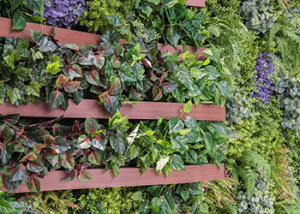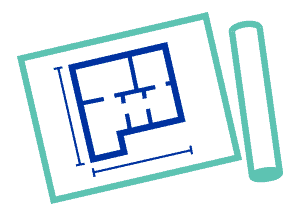Environmentally Sustainable Design (ESD) is an umbrella term for a range of assessments that are now often requested by Victorian Councils at the time of Town Planning for your development.
The range of assessments within ESD are usually dependent on the size of your development and may include:
- Sustainable Design Assessment (SDA);
- Built Environment Sustainability Scorecard (BESS);
- STORM (used to assess whether best practice water quality objectives have been achieved for your site); and
- Water Sensitive Urban Design (WSUD).







